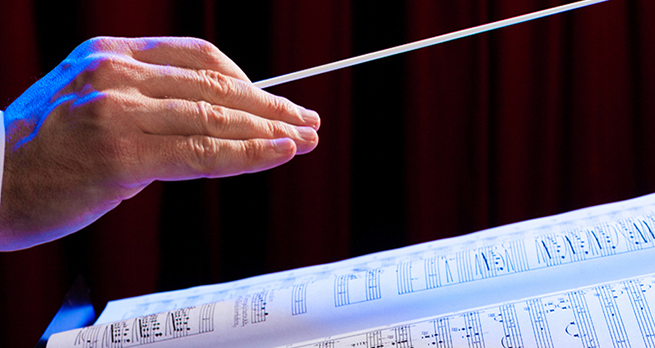4.3.2 Double bar
You may have realised while watching the video footage about conducting that the score is only a representation of the music, and not the music itself. In jazz, the score is often only a starting point for performers.
However, scores of some kind are often the basis from which performers work. Looking at scores can help our understanding of the way composers of the distant past worked, and enable composers of today to transfer their musical ideas into a sounding reality. Those spine-tingling, toe-tapping musical experiences that we all have had, often start from a score.
If you want to study more musical scores, your local library may have a music section that includes scores. Some libraries may have both scores and recordings. There are also digital libraries of musical scores such as IMSLP [Tip: hold Ctrl and click a link to open it in a new tab. (Hide tip)] and many archives are now putting famous composers’ handwritten scores online for everyone to study. You may particularly enjoy the Beethoven digital archive where you can see documents and manuscripts relating to the Fifth Symphony that you have studied briefly here.
